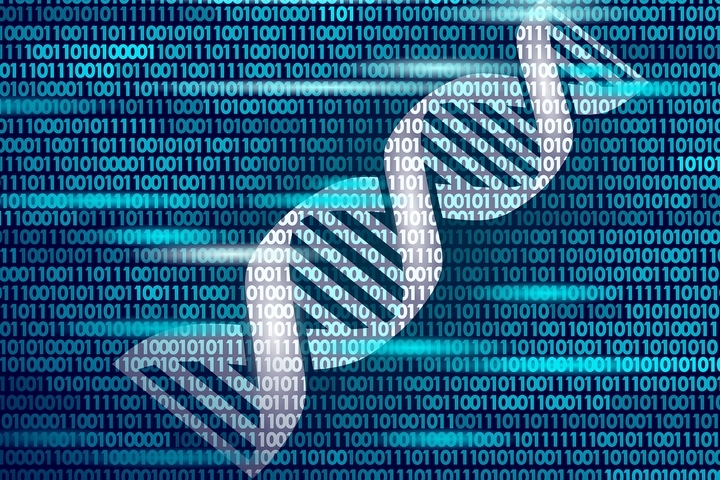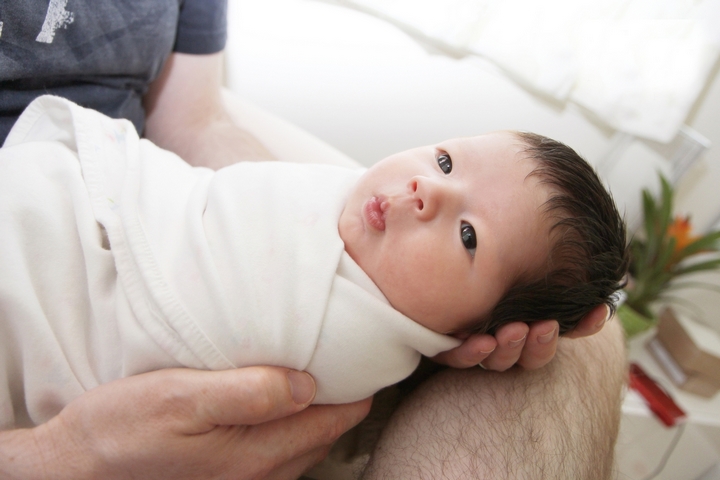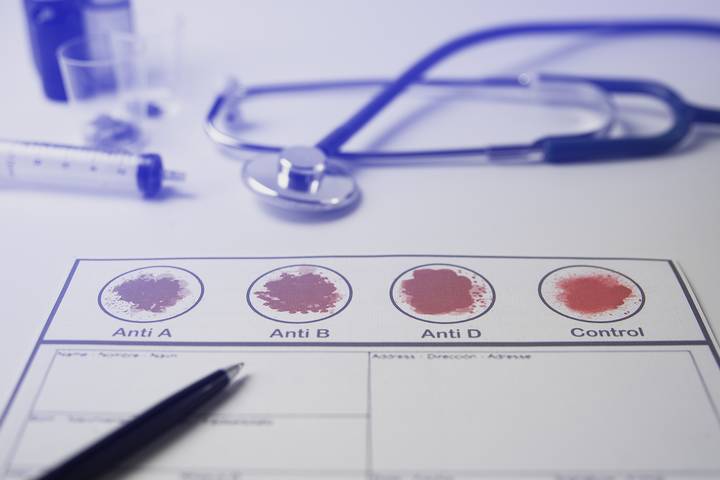Our sexual anatomy is designed for procreation and pleasure, and while some people want to have children, others prefer to live without offspring. If you are in an intimate relationship and don’t want to get pregnant, you need to take precautions to act as a barrier to fertilization.
Sometimes you have an unexpected pregnancy, and doubts are raised regarding paternity. There is also the case where long after the child is born, there are questions about who the father is.
Is there any way to find paternity if you think you are not the father? Here are signs the baby isn’t yours.
Sign #1: Date Of Conception

Most people can remember when they were sexually active with a partner, and if there is a question of paternity, you may need to do a little math. This is not an exact science, but it can be a good estimate of when a child was conceived.
Find out the expected due date and then count back nine months. Most pregnancies last around 40 weeks or 280 days and are calculated from the last menstrual period before conception. If you remember, if you were intimate with the mother in that period, you might be the father. If, however, you were not together, this is a solid sign against fatherhood.
Sign #2: DNA Testing

The most accurate sign is that of your DNA. Deoxyribonucleic acid carries genetic information and is a double strand of:
-
- Adenine
- Thymine
- Guanine
- Cytosine
These four nucleotides are attached to form base pair chemical bonds, and they are what makes us who we are. When a child is conceived, its DNA is inherited from both the mother and father, giving 50% each, and this determines a biological relationship.
There are several ways to get DNA testing, even if the potential father is unwilling. These include:
Father’s Possessions
You can get a DNA sample from personal possessions like a toothbrush, pair of glasses or even the end of a cigarette.
Testing Family Members
Some family members of the suspected father may be willing to give a DNA sample to prove or disprove paternity.
For a man who wants to determine if the baby is not his, DNA testing will give you an accurate paternity result. A swab is typically taken from the inside of the cheek, and these buccal cells are sent to a lab for testing through DNA sequencing with 99.9% accuracy. It usually only takes a few days and doesn’t cost too much. A DNA sample is also taken from the child and can be done via a prenatal paternity test if the child is still in utero, through fetal cells in the maternal blood.
Every man that fathers a child must be a parent, but if there is doubt, you should take measures to see if you are biologically connected to the child. Look to these signs that the baby is not yours and confirm with a DNA test. Then you can celebrate, regardless of the outcome.
Sign #3: Promiscuous Mother

Many people enter into a monogamous relationship and stay with one sexual partner at a time, but this is not always the case. It may be that the child’s mother, claiming you are the father, is actively having sexual encounters with more than one person simultaneously. This can call into question paternity, as you can’t be certain that you were the only one intimate with the mother around conception.
It may be that she is not interested in getting tested and insists you are the father, which raises more doubts that she is unsure whether the baby is yours.
Sign #4: Eye Colour

Eye colour is a trait that is determined through variation in genes. While eye colour is related to the amount of melanin in the front layers of the iris, it depends on gene pairing from both parents.
This can sometimes help to indicate paternity, but there are factors to consider, like genetic mutations and recessive genes, that can affect a child’s eye colour.
Sign #5: Skin Colour and Race

Skin colour is also an inherited gene characteristic that can point to paternity. If, for example, you are Caucasian and your partner is also, but the child is born with dark skin or a recognizable race that you are not a part of, the baby is not likely to be yours.
We are technically all part of one race; the human race. Because of isolated groups of people over long periods, different skin tones and anatomical characteristics developed independently of other groups, representing a beautiful, diverse array of people. It also helps to show if a baby isn’t yours.
Sign #6: Blood Type

Both parents donate alleles in our DNA sequence; among other things, they help determine a child’s blood type. Blood is complex, and testing it for paternity involves a blood typing system known as ABO, where antigens in the red blood cells are encoded in the chromosomes. Blood testing can determine if a man is not the father but not if he is.

